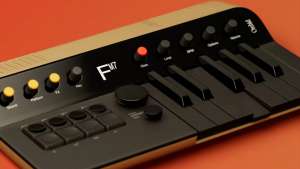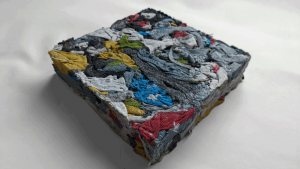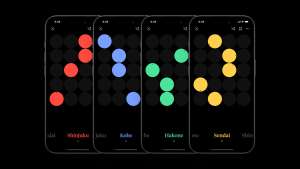Download options

Ever since Halldór Eldjárn was a child, he'd been crazy about the moon. He remained fascinated by space throughout life and well into adulthood. He turned his fascination into a web-based, generative music project.
His project is called the Poco Apollo: A Generative Trip. When NASA made 14228 images of its moon landing expeditions available to the public, Eldjárn was struck not only by the beauty of them, but by the moodiness and sometimes loneliness conveyed by these images. "Each photo has its own mood, so each photo should have it's own soundscape," he says.
He shared the intricacies of this work at this year's antenna conference, a collaboration between Design Indaba and Dutch Design Week.
He was able to bring his skills as a programmer and musician to the project. The algorithm he used determines the mood of each picture from NASA, generating a song. The online immersive experience is created with generative music, which is music created by a system that changes images into composition.
Eldjárn incorporated an algorithm called Game of Life, which was initially built to determine the behaviour of natural cells. Once the images undergo a computeration process that simplifies the image down to a single number, Game of Life is then implemented to assign musical notes based on the numbers. This then determines the chord progression of the music.
The machine-produced music is strikingly well matched to its image counterpart, as if it had been carefully made specifically by a human. Where creativity is the one thing we thought AI and machines cannot replace, this particular example presents a pretty sobering refutation.
The field of sound design has developed in leaps and bounds in recent years, particularly as new ways of creating enters the mainstream. Design Indaba Conference 2019 speaker Yuri Suzuki will demonstrate the other side of the spectrum as he creates sonic sculptures that look into the relationship between sound and people, and how music and sound affect their minds.
Here's more talks from antenna 2018:
Could the heat generated by blockchain be useful for other living beings?
What will food look like in the future, especially for the elderly?
Understanding #MeToo with machine learning







